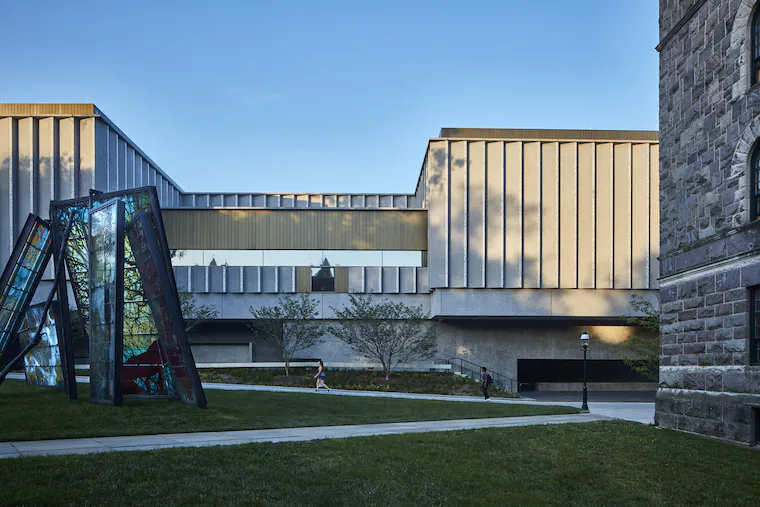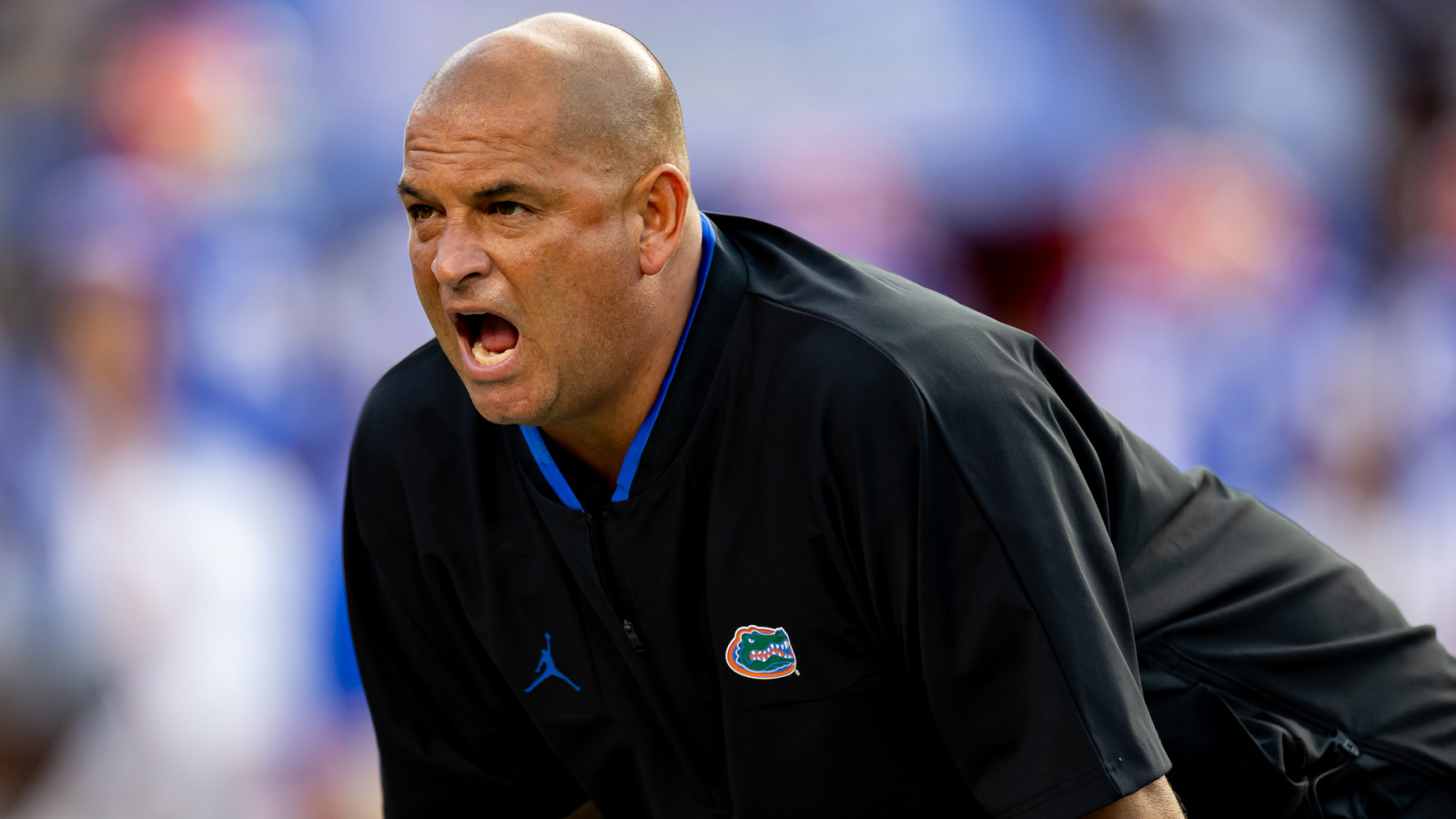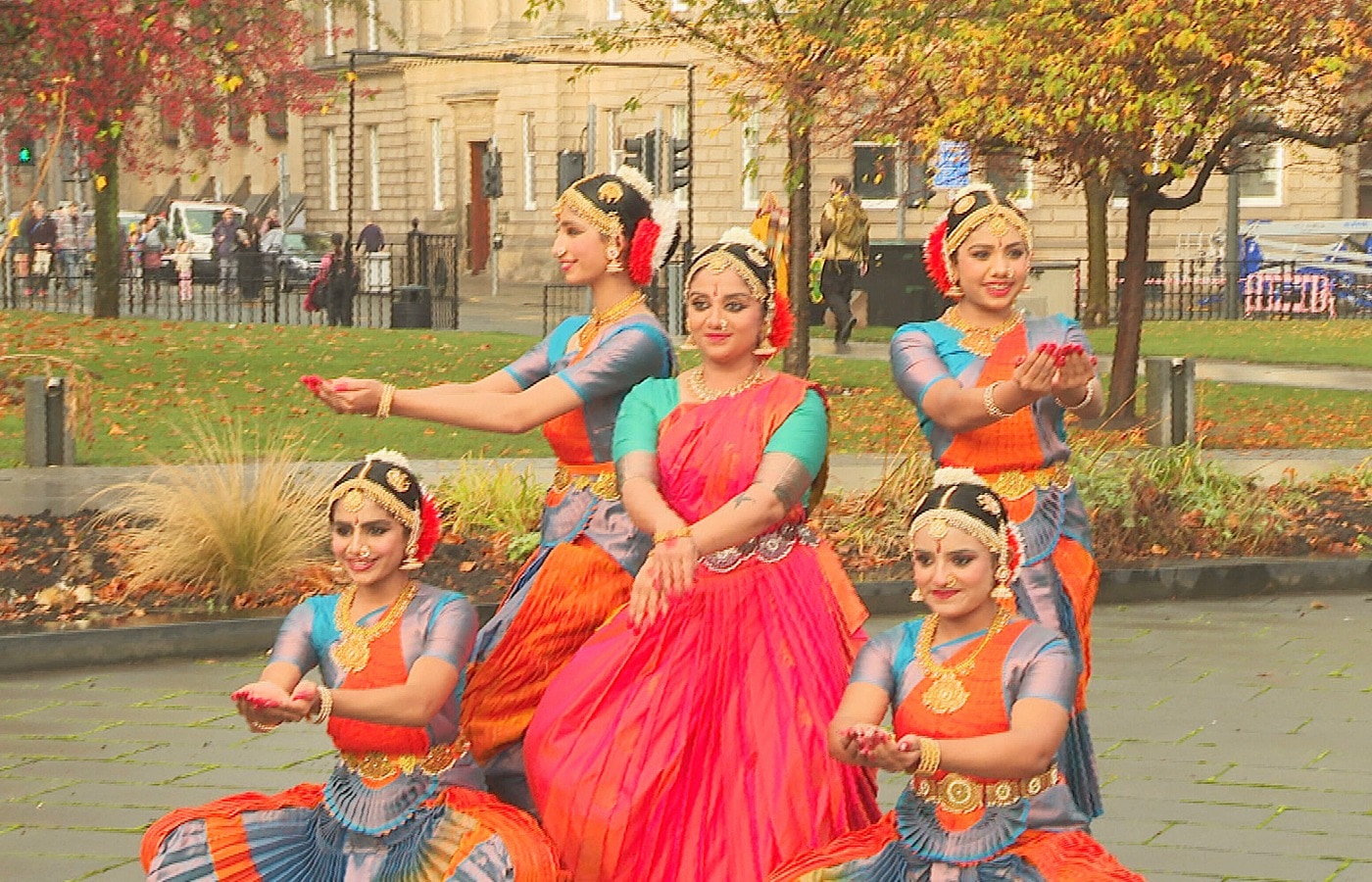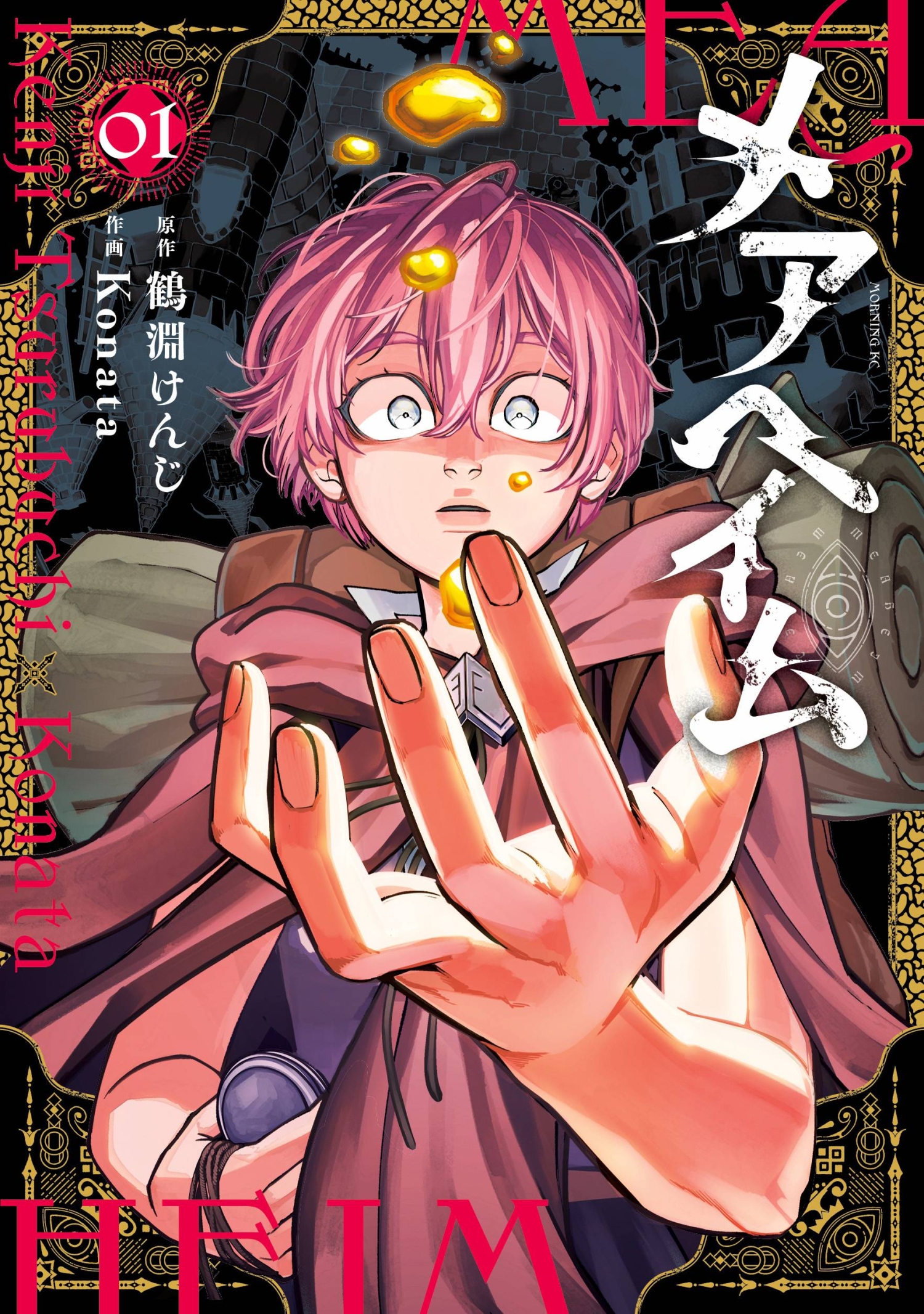Copyright The Philadelphia Inquirer

After years of planning, Princeton University, the nation’s fourth oldest college, is making a bold 70-foot-high statement about its commitment to art with the new Princeton University Art Museum. Located at the heart of the campus along McCosh Walk, it stands just behind the historic Nassau Hall and is a short stroll from the town center. The multilevel building houses one the largest university art museum collections in the United States. “The urgency of need for such a space of curiosity, exchange, and safety — the safety to tease out complex ideas — is greater than ever,” said James Christen Steward, the museum director overseeing the capital project with an undisclosed cost, during a press preview earlier this month. Two-thirds of the cost came from donors and remaining from “university assets,” per the New York Times. Opening on Friday, the museum is designed by David Adjaye in collaboration with Cooper Robertson of New York. The university’s art collection, dating from Antiquity to the present, is now in a 146,000-square-feet home, quadruple the amount of gallery space on the site of the former museum, which was demolished in 2021. Adjaye, the acclaimed Ghanaian British architect behind museums such as the Smithsonian National Museum of African American History and Culture in Washington, D.C., had completed the conceptual and aesthetic design for the Princeton museum when he was accused of alleged sexual misconduct by three former employees, in the summer of 2023, as reported by Financial Times. No criminal charges were filed; and Adjaye, 59, has denied the allegations. Nonetheless, he willingly stepped back from this project, which was more than midway through construction then. On a Zoom call from his London office, Adjaye, who had a professorship at Princeton from 2008-10, and knows the campus well, stated that this is “a very important work for me in my career. It brings together a lot of my thinking and my relationship to art and art spaces … I came through art to architecture.” The commission, he said, has given him “a lot of confidence” for the new museums he is working on in different parts of the world. A building with fins Featuring four site-specific installations and two newly purchased public sculptures representing a diversity of contemporary artists, the museum building comprises nine interlocking pavilions. Adjaye describes it as “a world within the world of the campus.” The facade with its “fins” looks pleated, while the sandblasted granular surface evokes an austere Brutalist character. Its gray aggregate stone and verticality reference the neo-Gothic character of the surrounding academic buildings. All sides have doors but there is a main entranceway with a recessed plaza facing the town; it features a visually-arresting site-specific installation. Here stands Nick Cave’s Let me kindly introduce myself. They call me MC Prince Brighton, an exuberantly colorful mosaic and mixed media mural that extends on two walls. His monumental Mardi-Gras like-figure wears one of the artist’s signature “soundsuits” to welcome approaching visitors. The interior is an unexpected surprise. Steward described it as “a kind of town square in which we can all find ourselves, in pursuit of knowledge, comfort, joy, and even provocation.” On the same level, the imposing Grand Hall rises the full height of the building to reveal the structural ingenuity of the architecture. On a recent visit, this flexible space was set up as an inviting lounge, but it can be transformed into a nearly 300-seat auditorium or a black box theater. A historic collection The university has been collecting artworks since 1755. Early holdings, including a portrait of King George II, were destroyed during the Battle of Princeton in 1777. Acquiring works was resumed in 1783 when a portrait of George Washington by Charles Willson Peale was commissioned by the trustees. Peale painted the Revolutionary War hero while in Princeton. Washington was so pleased by his full-length image that he decided to pay the artist and gifted the canvas to the school, beginning a legacy of philanthropic donations to the museum. It now hangs in the original gilded frame of the lost King George II portrait, and is a formidable introduction to the museum’s Wilmerding Pavilion of American Art. Unlike the hodgepodge arrangement of galleries in the former museum building, works from the expansive collection are now mostly displayed on the second level. Inaugural art The museum is currently showing about 7,000 objects from its holdings, three times what had been previously possible. “Galleries have been curated to invite dialogue and discovery,” said Juliana Ochs Dweck, chief curator. The arrangement allows “talk across cultural borders and chronologies,” added Steward. The Welcome Gallery’s inaugural exhibit holds ceramic sculptures by Toshiko Takaezu, who taught at Princeton from 1967-92, and maintained a studio in Quakertown, NJ. Before her death in 2011, Takaezu donated about 40 of her pieces to the museum; 15 of these are on view. Takaezu’s expressionist glazed sculptural forms are displayed with the works of contemporaries such as Peter Voulkos and Helen Frankenthaler. An exquisite handmade bench (one of two that were commissioned using repurposed wood from trees that were taken down during construction) by Mira Nakashima, of New Hope, is appropriately placed here. Two temporary exhibition galleries celebrate “Princeton Collects,” a selection of about 150 works from the nearly 2000 varied artworks given by donors on the occasion of the new museum. Works on paper, including photography, are exclusively presented in the smaller of these two areas. The donated or promised works fill crucial gaps strengthening the collection across many cultures and styles. To facilitate contemplation, a dozen gray minimalist benches designed by Adjaye are situated around the galleries. Art from home and the world The second level also has two interior commissioned site-specific works. One, by Philadelphian Jane Irish, gives a local artistic presence to the new museum. Irish’s Cosmos Beyond Atrocity is mounted on the ceiling of a viewing room that has the feel of an intimate tree house. This installation brings to mind illusionistic Renaissance and Baroque ceiling paintings. (Its large-scale study is currently on view at Locks Gallery on Washington Square until Nov. 15). The bas reliefs depict violent acts that reference dozens of works from the museum’s collection as well as lamps from ancient Turkey excavated decades ago by a Princeton-led team. The central upraised arm holds a Vietnamese finger cymbal; the artist says it “suggests a ‘ding’ reverberating.” The other kinetic sculpture, by Ho Chi Minh City artist Tuan Andrew Nguyen, hangs on the north side and is a direct homage to Philadelphia native Alexander Calder, who was a vocal critic of the Vietnam War. The polished metal plates are made from unexploded ordinances and artillery shells that Nguyen sourced at a heavily bombed area of Vietnam. When the work moves, the mallets produce a therapeutic tone that has been used to treat veterans suffering from PTSD. While the generosity of fundraising and gift giving by alumni affirms Princetonian pride, their philanthropy enables everyone to — as the museum tagline asserts — “Find Yourself Here.” Thinking about his recently completed design, Adjaye acknowledged: “I’m super curious to see how people will react to it. That, for me, is the joy. That’s the success of a museum.”



